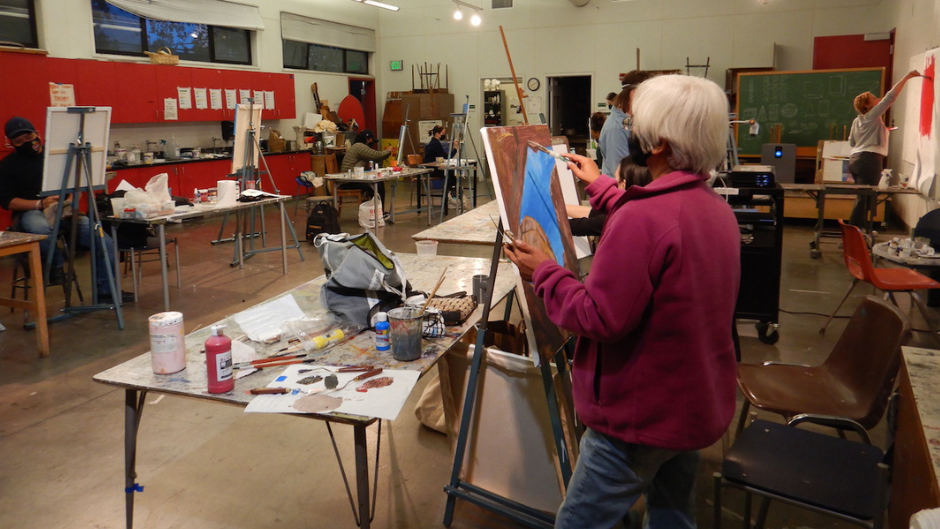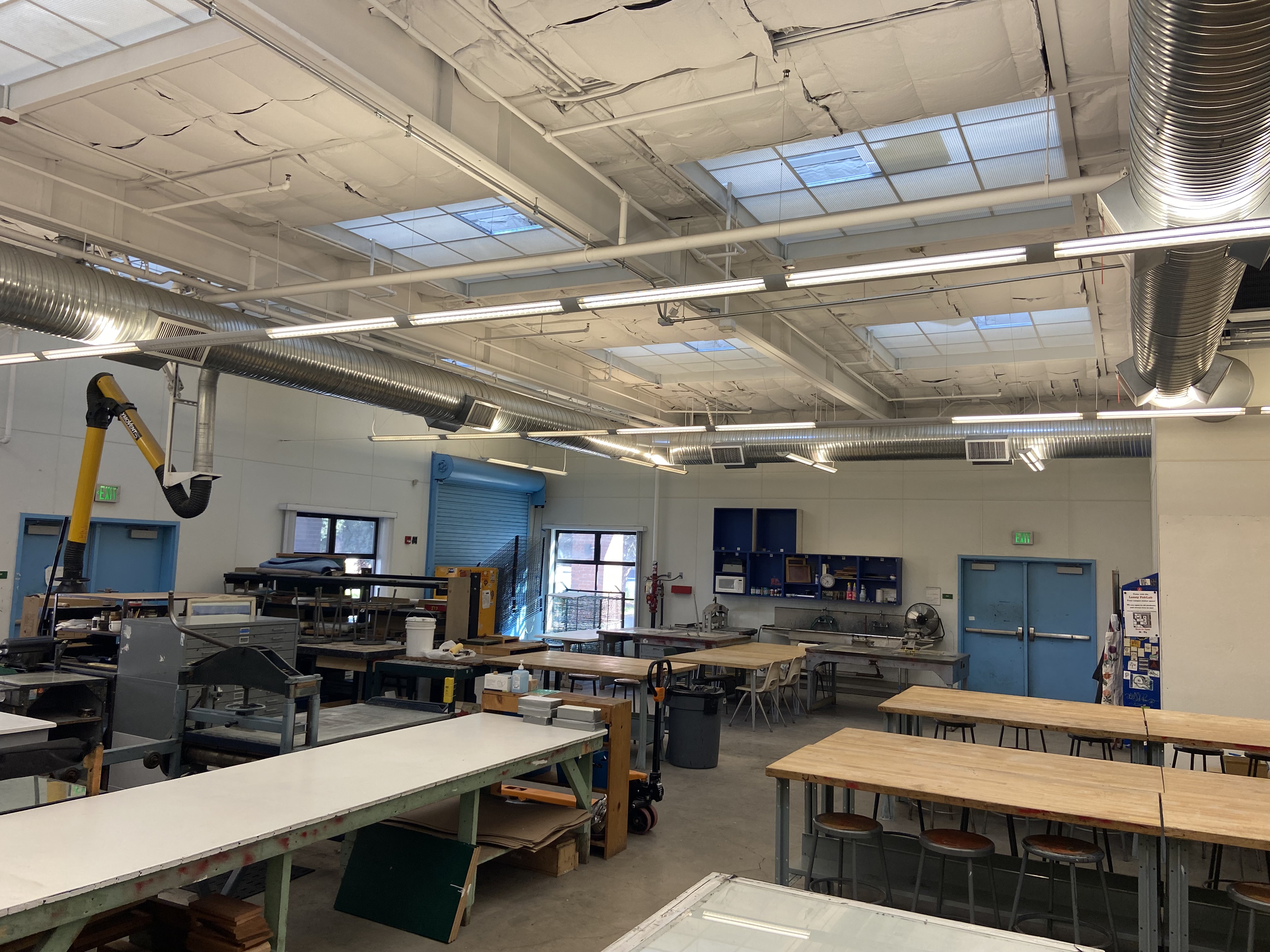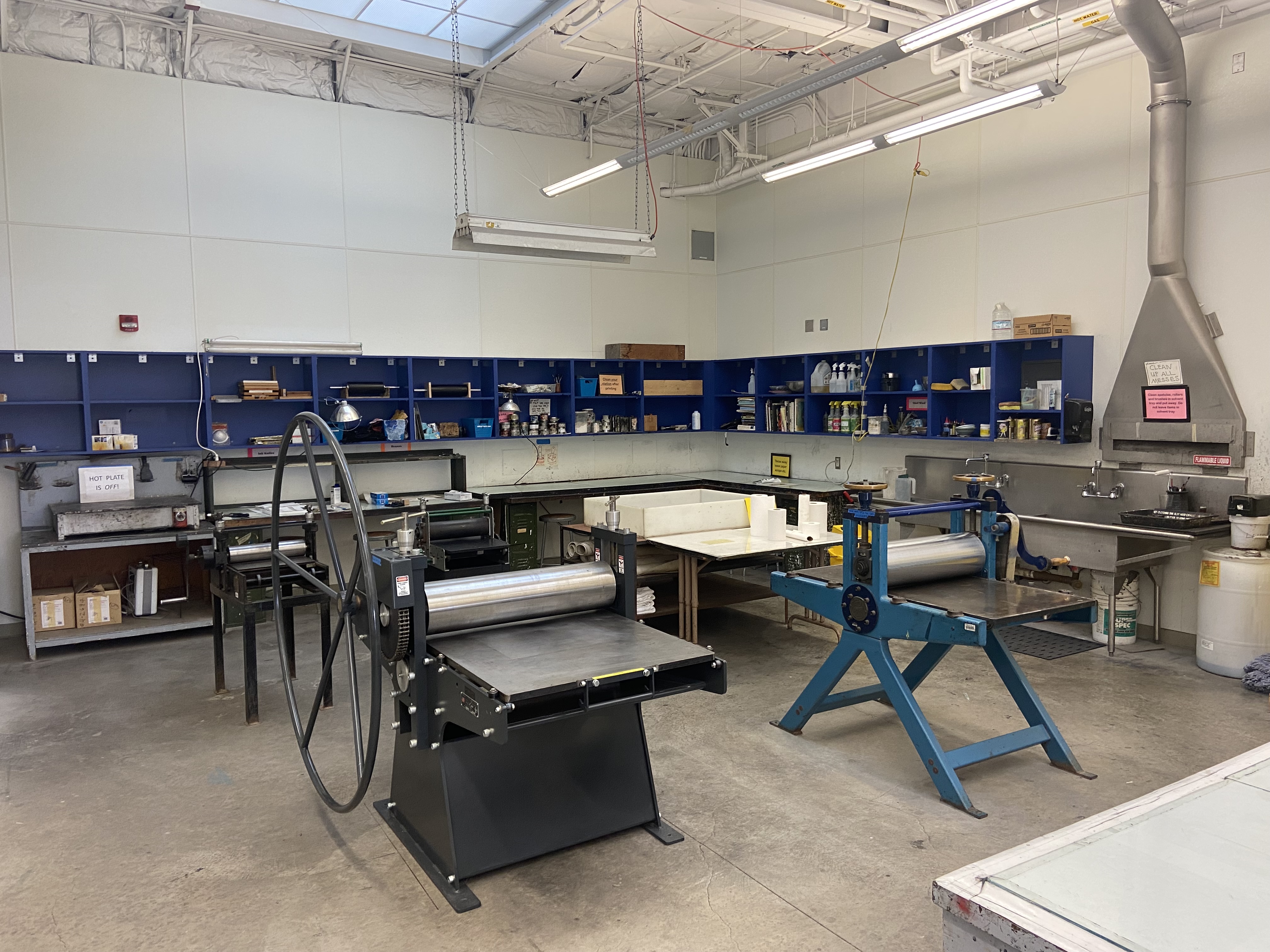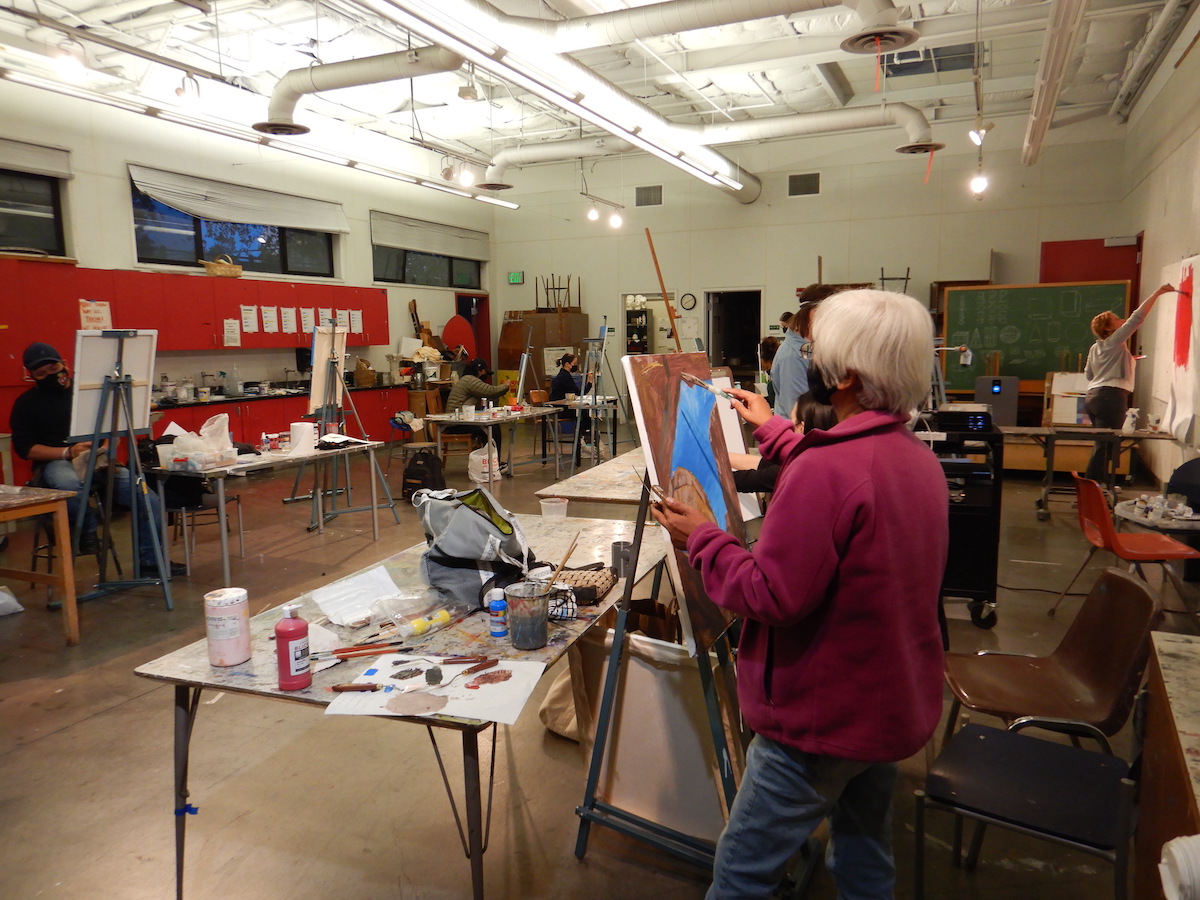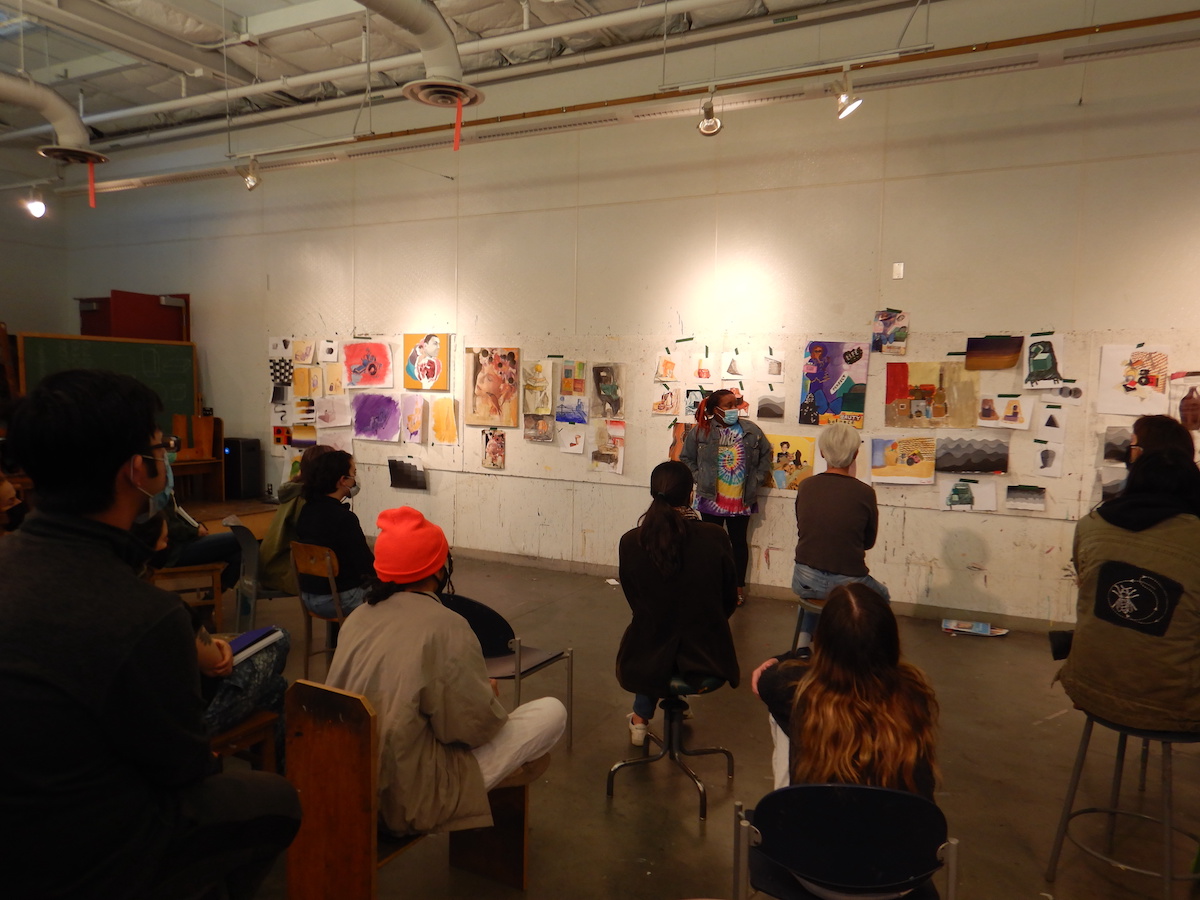The Art Department at Laney College offers a wide variety of courses in both fine and applied art to meet student goals ranging from personal interest to preparation for transfer to four-year institutions or professional art schools. Our department includes classes in drawing and painting, ceramics, sculpture, printmaking, and art history.
Career Opportunities
An art degree can open up diverse career opportunities across various industries. The skills developed during an art education, such as creativity, critical thinking, and visual communication, are transferable and applicable to a wide range of professions. Here are some career opportunities for individuals with an art degree:
- Graphic Designer: Create visual concepts using computer software or by hand to communicate ideas for advertisements, websites, or branding materials.
- Illustrator: Produce drawings and illustrations for books, magazines, digital media, and other publications.
- Animator: Use art and technology to create animated sequences for films, television, video games, and other multimedia projects.
- Art Director: Lead the visual style and creative direction of projects in advertising, marketing, or media production.
- Web Designer: Design visually appealing and user-friendly websites, considering both aesthetics and functionality.
- Multimedia Artist/Animator: Create visual effects, animations, and graphics for video games, movies, and interactive media.
- User Experience (UX) Designer: Focus on enhancing the user's interaction with products or services through thoughtful design, often in digital environments.
- Museum or Gallery Curator: Manage and curate art collections for museums, galleries, or cultural institutions.
- Art Educator: Teach art at various levels, from elementary schools to universities, fostering creativity and artistic skills in students.
- Art Therapist: Use art as a therapeutic tool to help individuals explore and address emotional and psychological challenges.
- Art Conservationist/Restorer: Preserve and restore artworks to ensure their longevity and maintain their original condition.
- Freelance Artist: Work independently on commissioned projects, creating custom artwork for clients or selling original pieces.
- Photographer: Capture images for various purposes, including portraits, events, commercial projects, and fine art photography.
- Set Designer: Design and create sets for film, television, theater, or events.
- Fashion Designer: Create clothing and accessory designs, considering aesthetics, functionality, and market trends.
- Creative Director: Lead creative teams in advertising agencies, design studios, or marketing departments.
- Video Game Designer/Artist: Contribute to the visual aspects of video games, including character design, environments, and animations.
- Art Auction Specialist: Work with auction houses to evaluate, appraise, and present artworks for sale.
- Art Entrepreneur: Establish your own art-related business, such as a gallery, studio, or online platform.
- Art Critic or Historian: Analyze and critique artworks, contribute to art publications, or work in academia as an art historian.
It's important to note that networking, building a strong portfolio, and gaining practical experience through internships or freelance work can significantly enhance your chances of success in the art industry. Additionally, staying informed about current trends and continuously developing your skills will contribute to a successful and fulfilling career in the arts.
Printmaking Studio
Lithography, Screen Printing, Etching, Monotype, Relief



